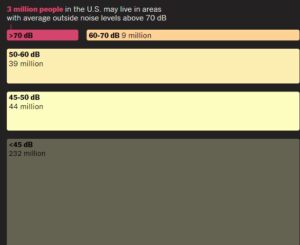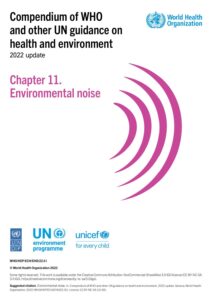
Wing walking flights in Sequim draw lawsuit and FAA investigation
By Dominic Gates Seattle Times aerospace reporter In Sequim, on the north coast of the Olympic Peninsula, you can sign up for a daring thrill ride available nowhere else in America: Mason Wing Walking will take you up in an airplane to about 3,500 feet where you can climb out of the open cockpit and
Noise could take years off your life. Here’s how.
We used a professional sound meter the din of daily life and talked to scientists about the health risks it can pose. Emily Baumgaertner, Jason Kao, Eleanor Lutz, Josephine Sedgwick, Rumsey Taylor, Noah Throop and Josh WilliamsJune 9, 2023 On a spring afternoon in Bankers Hill, San Diego, the soundscape is serene: Sea breeze rustles through the trees, and neighbors chat pleasantly
How a little more silence in children’s lives helps them grow
NPR LA Johnson A group of small children sits cross-legged with their teacher, Steve Mejía-Menendez, on a round carpet. He’s a pre-K teacher at Lee Montessori Public Charter School’s campus in Southeast Washington, D.C., and although I’m here to meet him, I almost don’t spot him because he’s eye level with his students. Mr. Steve,
2018 Department of Transportation Noise Map near Sea-Tac Airport
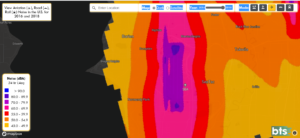
Projecting the health and economic burden of aircraft noise final report
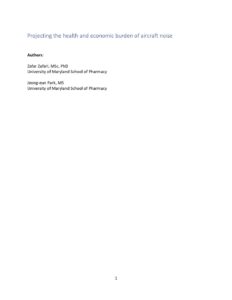
Airport Noise Remedy Update Work Program: Phase and Task Descriptions
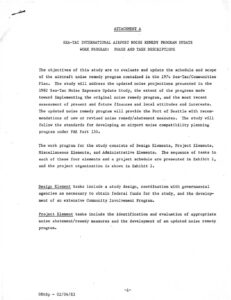
StART Memo FAA Authority to Change the 65 DNL
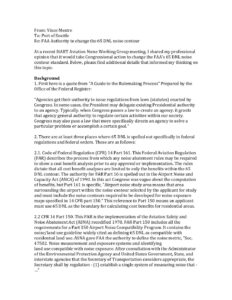
Noise Exposure Update 1982 Port of Seattle

Health Based Criteria for Use in Managing Airport and Aircraft Noise (Johnson-2018)
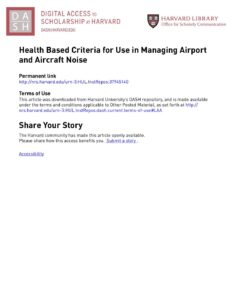 Citable link: https://dash.harvard.edu/handle/1/37945140...
Citable link: https://dash.harvard.edu/handle/1/37945140...
